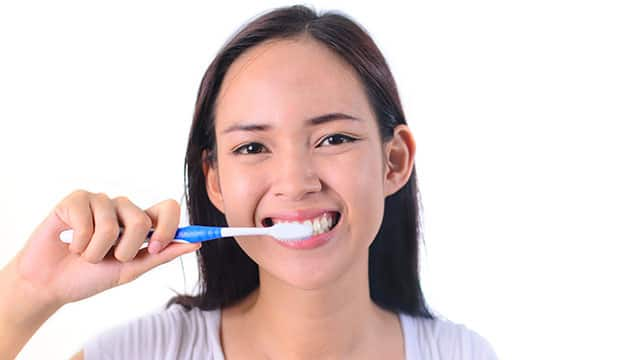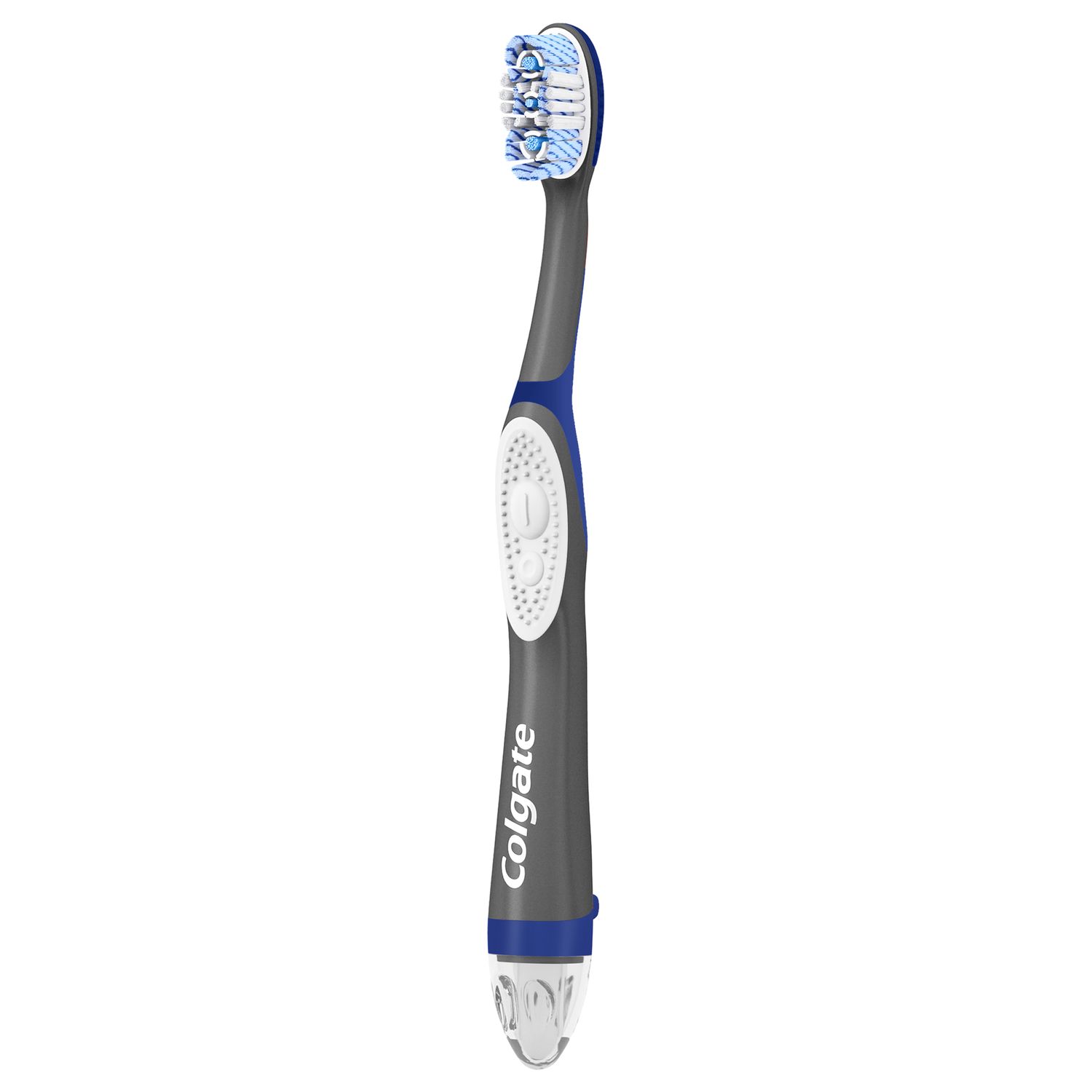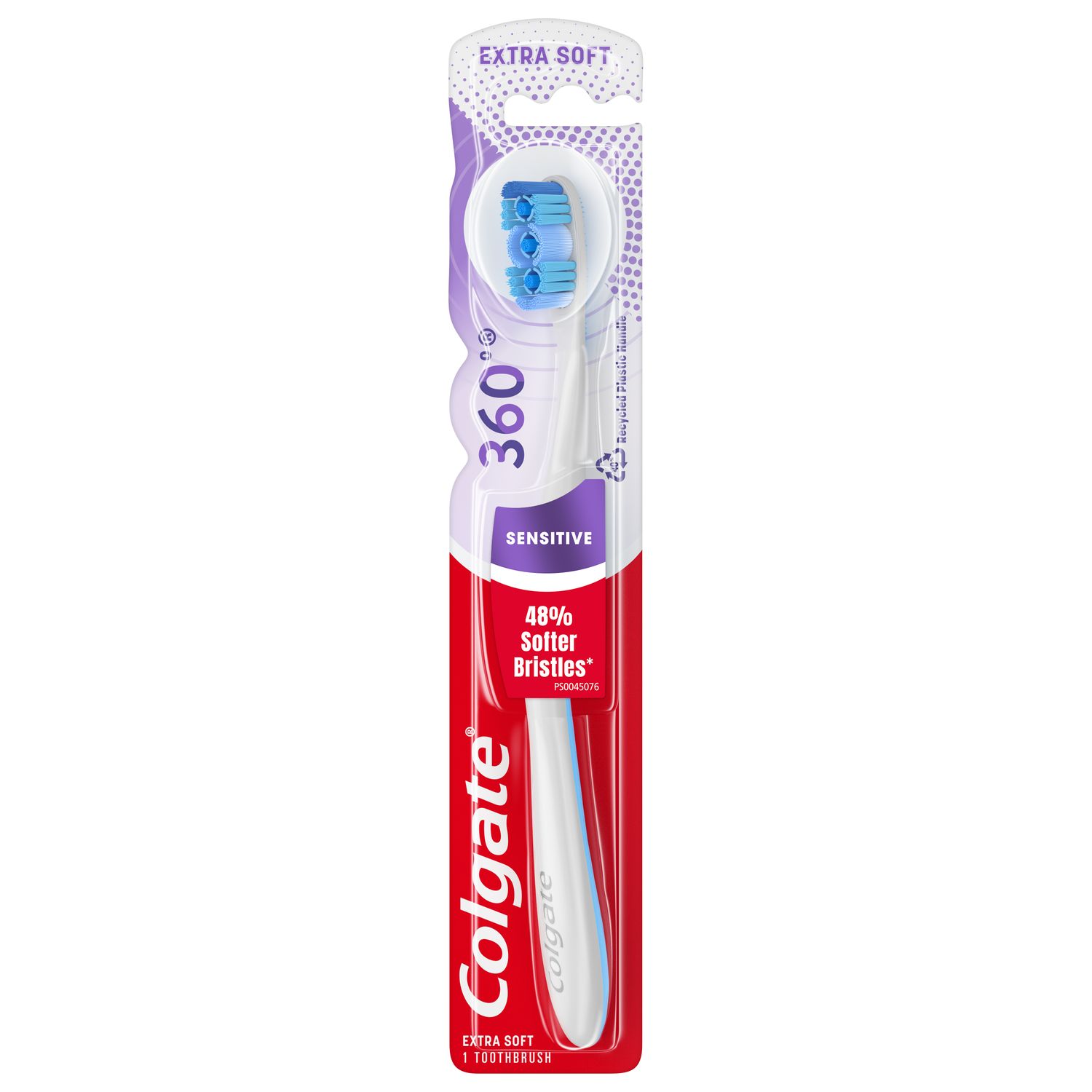Do your gums bleed when you brush? Is your breath smelling less than fresh? These two symptoms often go hand in hand, and may be a sign of gum disease. But don’t worry – treatment is simple and effective. Read on to learn how to banish bleeding gums and bad breath.
Possible Causes of Bleeding Gums and Bad Breath
On its own, bad breath (also called halitosis) has many possible causes, such as:
Strong-smelling foods like onion and garlic.
Dry mouth (xerostomia).
Poor oral hygiene.
Poorly cleaned dentures or other appliances.
Respiratory infections.
Gastrointestinal disorders.
Diabetes.
Smoking or using tobacco.
However, when bad breath occurs alongside bleeding gums, the culprit may be gum disease.
What is Gum Disease?
Gum disease, also known as periodontal disease, is an oral infection of the gums, bone, and other tissues that hold your teeth in place. The main cause of gum disease is plaque build-up due to poor oral hygiene.
Plaque is full of bacteria that, if left to build up, can cause irritation and inflammation. In the early stage, when only the gums are infected, gum disease is referred to as gingivitis. When gum disease progresses to an advanced stage known as periodontitis, the bones and connective tissues below the gums are also infected and begin to break down. This can cause the teeth to loosen and even fall out.
What’s the Connection Between Bleeding Gums and Bad Breath?
Some bacteria found in the mouth can break down proteins and release foul-smelling chemicals called volatile sulfur compounds (VSCs), which can give your breath an unpleasant odor. According to the Journal of Natural Science, Biology and Medicine (JNSBM), inflamed gum tissue in people with gum disease can serve as a source for the bacteria that produce VSCs, contributing to what’s known as “perio breath.”
Gum disease also causes gum tissue to detach from the root surfaces of the teeth, creating pockets between the gums and teeth. Food debris and bacteria can get trapped in these pockets, which are very difficult to keep clean with daily oral hygiene habits at home. The combination of odor-producing bacteria and decomposing food particles can cause the breath to smell very unpleasant.
Recognizing the Signs of Gum Disease
In addition to bad breath, the first sign of gingivitis is typically sore, inflamed, red gums that may bleed when you brush your teeth or floss. At this stage, gum disease can be easily treated and damage to the gum tissue can be avoided or reversed. So if you notice your gums are bleeding and your breath smells, book a dental visit as soon as possible.
As gum disease progresses to the periodontitis stage, you may notice that:
Your gums bleed very easily.
Your bad breath is stronger.
You have a persistent bad taste in your mouth.
Your gums look like they’re receding (shrinking).
You can see the roots of your teeth at the gum line.
Your teeth feel loose or seem to be shifting.
Your dentures or retainers don’t seem to fit properly anymore.
It hurts when you chew food.
Periodontitis can cause irreversible loss of gum tissue and bone, and can even cause your teeth to fall out. If you notice any of these symptoms, contact your dentist right away to start treatment and get your gum health back on track.
How to Treat Bleeding Gums and Bad Breath
Your dentist or hygienist may advise you to treat bleeding gums and bad breath at home by improving your oral hygiene routine, diet and lifestyle habits. Their recommendations will likely include:
Brushing with an antimicrobial fluoride toothpaste twice a day.
Using a soft toothbrush and gentle pressure so you don’t irritate your tender gums.
Flossing or using another interdental cleaning tool (e.g. a water flosser or floss sticks) once a day to clean plaque from between the teeth.
Using an alcohol-free, antiseptic mouth rinse at least once a day to kill odor-causing bacteria.
Cutting down on strong-smelling foods and drinks.
Drinking lots of water.
Eating crunchy fruits and vegetables to scrub the teeth clean and stimulate odor-fighting saliva.
Quitting smoking or using tobacco.
Note that if you’re new to flossing, you can expect your gums to bleed a little during the first week or two. However, this is normal and should stop with consistent flossing, so keep at it! Just make sure you’re using a gentle technique to avoid hurting your gum; avoid snapping or sawing at them with the floss.
If these tips don’t help your bleeding gums and bad breath, or you have advanced gum disease, you may need a little extra support from your dentist or hygienist. Depending on the severity of your gum disease, they may recommend:
A professional clean and polish to remove plaque and tartar from the teeth above the gum line.
A more intensive scaling and root planing treatment to clean below the gum line, too.
A pocket reduction surgery, where small flaps of gum tissue are pulled back to give better access for cleaning.
Last but certainly not least, always keep up with your six-monthly dental check-ups. Your dentist or hygienist can help you keep bleeding gums and bad breath at bay with professional cleanings, and they can also spot and treat any gum issues early before they cause long-term problems. Together with your excellent at-home hygiene routine, this will keep your smile healthy and your breath fresh.
ORAL HEALTH QUIZ
What's behind your smile?
Take our Oral Health assessment to get the most from your oral care routine
ORAL HEALTH QUIZ
What's behind your smile?
Take our Oral Health assessment to get the most from your oral care routine














